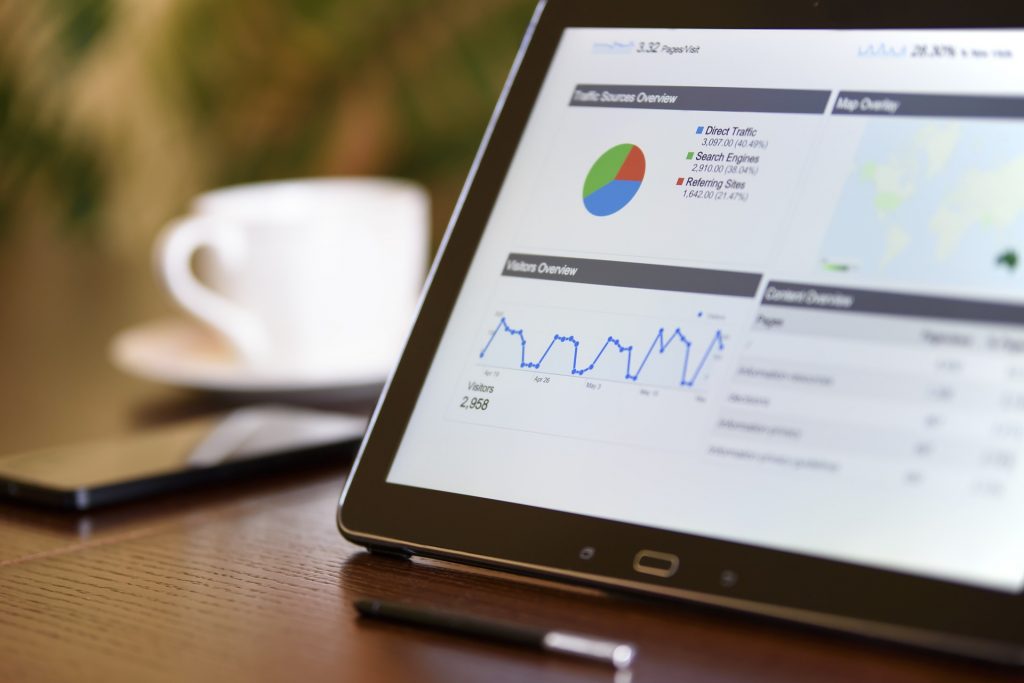June 2021 Google Algorithm Change: What You Should Know
In mid-June of 2021, Google will be officially including “Page Experience” as an update to their algorithm – a new evaluation method that will impact how the behemoth search engine ranks websites. The new set of metrics will score and measure the user experience called “Core Web Vitals.” It calculates the website’s page load speed, responsiveness, and visual stability. Once this takes effect, your search rankings may very well be impacted.
Why it Matters
Today’s internet users want an instant response to their webpage click. No one wants to wait for the page to load or on a website with a poor user experience. Therefore, page speed is now even more important for SEO.
Your website visitors want to access content faster now than ever before; therefore, this new update will affect which websites are ranked above others after content is viewed.
A poorly designed website with little to no focus on user experience (UX) won’t cut it anymore in terms of rankings. Your website needs to focus on your user experience per the newly released Core Web Vitals: Largest Contentful Paint (LCP), First Input Delay (FID), and Cumulative Layout Shift (CLS).
What are Core Web Vitals
The three metrics of Core Web Vitals:
Largest Contentful Paint (LCP)
This metric measures the load time of a page, from the initial click to seeing the largest content block on the page. This measures how quickly a page loads the largest block of content on the page, which is often multimedia or large text box, from the URL request to the page.
Key: Google says that this should happen in 2.5 seconds or less for 75% of page loads.
First Input Delay (FID)
FID determines the interactivity of a particular page or how quickly a web page becomes interactive for the user. It is the time between an action, whether it is clicking a CTA or button, to when the browser responds to the action.
Key: Google says that web pages need to be interactive 100 milliseconds or less.
Cumulative Layout Shift (CLS)
This measures how quickly the components of a web page become stable, and do not shift. It is scored from zero to a positive number. Zero being no shifting and the positive number indicating more shifting on the page. Shifting on pages most often occurs through various components like dropdown banner ads, images, or buttons which can cause movement. All of these can contribute to a negative user experience.
Key: Google says that web pages should have a score of 0.1 or less.
What to do
Determine the benchmark of your current website before making any changes.
- Use the PageSpeed Insights tool to analyze your website
- Check your performance
Examine both mobile and desktop versions of your site. The labels “poor,” “needs improvement,” and “good” are given. Often desktop performs significantly better than mobile.
- Take your time and go through the report. Tackle the “poor” labels first and move up from there. Move to then look at page size, resources, and optimization.
- Call Rosica to access our UX and UI consultant. He’s a wiz.
Timeline
Core Web Vitals will be included in the Google Search ranking beginning in mid-June 2021. The anticipated full rollout of the algorithm update is slated for August 2021.
Google says the impact initially of the algorithm will be small and grow in influence over time but being proactive is critical with these metrics. Core Web Vitals can be used to break the tie between competing websites with similar content, but content still matters and significantly impacts rankings.
As always, contact us with any questions.
Best,
Chris & The Rosica Team

